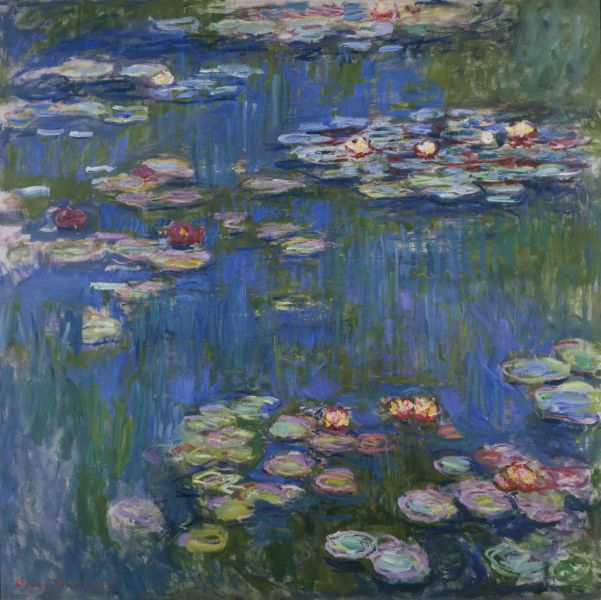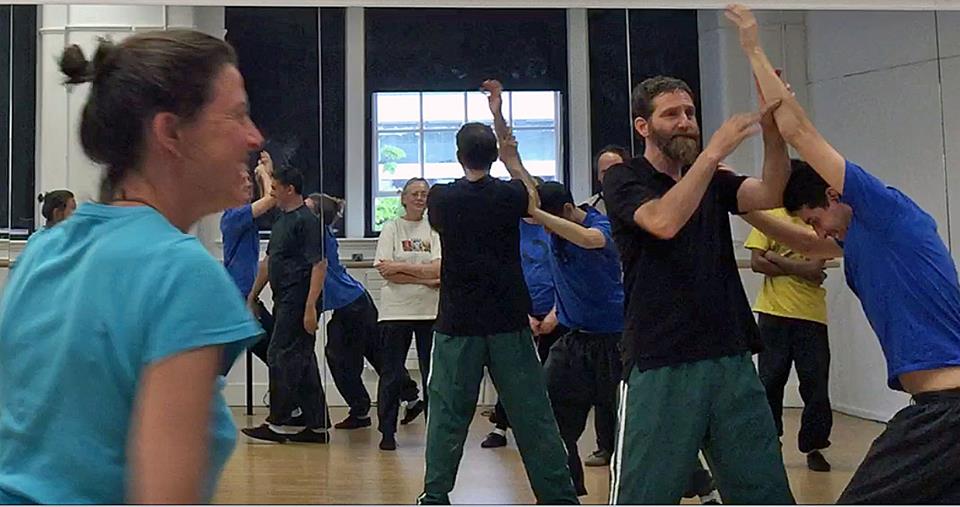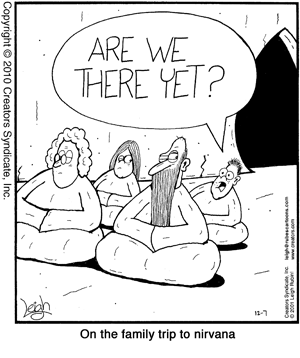From and Emptiness in Art
/One of the major obstacles to seeing martial arts as theater and religion is that North Asia and the West have different aesthetic dichotomies. The West's dichotomies became international during the 20th century, so we often refer to those dichotomies as "modern," rather than Western.*
The primary aesthetic dichotomy in the West is form and function; in North Asia it is form and emptiness. The difference is visceral; one is a tool, the other is a cloud.
Form and function is the notion that there is an organic reciprocal feedback loop between form and function. Thus, the utility of an object determines its form. And form changes as utility changes. The need for an object to perform with variation creates variation in form.
But if we are looking at a "form" for which there are countless affordances, this dichotomy is not a good fit.
For instance we can look at the use of self-mortification by Tangki in Taiwan and South East Asia. (YouTube Video by Fabian C. Graham)(pay-option by Margret Chen) Why are they doing it? What is the purpose? What is the meaning? If that question uses the form and function dichotomy, then we will want to know the function specifically and we will keep looking at the form expecting it to fill that function. But those explanations are often trivial or dismissive, or perhaps romantically reverent. But that approach makes the Tangki's look crazy or stupid.
If one asks the same question about purpose and meaning but framed by the aesthetic notion of form and emptiness, the results are quite different. The form is simply empty by default, we don't ask "what is its utility?" we ask, "what kind of meanings and purposes could it possibly fill?" We look at the meanings all together. Physiology, warfare, entertainment, healing, magical trance---some of it is just labeling, some of it is a weak association which ties it to other cultural forms with stronger resonance, some of it is felt, some of it is fantasy, some of it is emotional, some of it is indeed rational functionality. But it isn't utility that defines it. It is defined by it's affordances, preferably infinite affordances, unbounded purposes. This is what the aesthetic of form and emptiness does to art and expression.
If we look at the work of Monet, we see his intentions; he wanted to accurately represent light and was willing to give up figurative accuracy to achieve a specific type of utility. It is utterly clear. It was made with form and function in mind, so it follows that logic.
If we look at his work with the form and emptiness dichotomy in mind, we see something different. There is automatically religious resonance there--the light of god--nostalgia for farm life and all that implies politically, this water invokes water spirits (hidden nagas), as fengshui the watery image cools the room, and the light's reflections slice through psychic demons or conflicting emotions.
Try looking at form as just form, with no content. Content can be infinite and utterly transcend form.
Now try thinking about martial arts this way.
__________________________
Some credit goes to Sophie Volpp for getting me thinking along these lines.
Hat tip to Douglas Farrer, for the Margret Chan article linked above, and for his discussion of great martial arts movements taught with the wrong application: he calls it "captivation," being stuck in broken logic.
And thanks to Fabian C. Graham, who has been shooting fantastic documentary footage of Chinese rituals (I met him at the Daoist Conference in Los Angeles in 2008, where he showed a film about how to open the eyes of a god.)
*Note: I'm making an argument about characteristics of culture, not the outer edges of what subgroups or individuals might be thinking.





